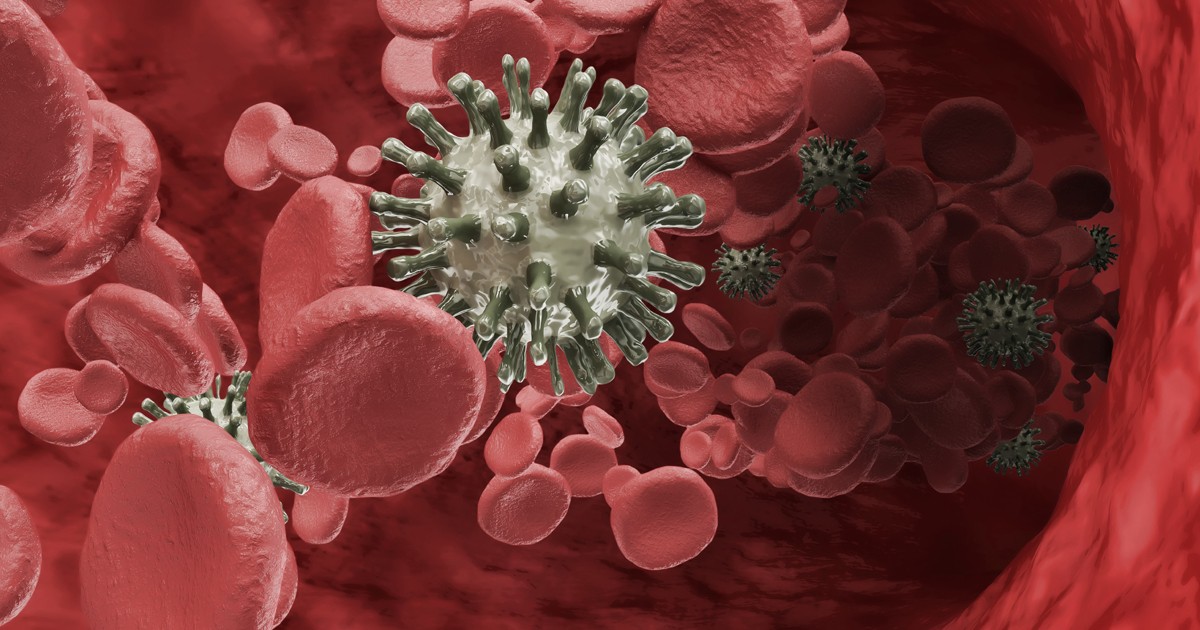
What’s the difference? Blood cancers: Leukemia, lymphoma and multiple myeloma
The language of cancer can be a confusing mix of unpronounceable words, sound-alike terms and scientific jargon. But some of the nuances in cancer types, terms and titles may indicate deep differences in the diseases, diagnoses and treatments. This blog is an installment in an occasional series called “What’s the difference?” designed to help clear up some of the confusion in cancer vocabulary and help increase our cancer IQ.
Most cancers are solid—a collection of mutated cells that grow out of control and form a tumor. The six most common cancers—breast, lung, prostate, colorectal, melanoma and bladder—are solid cancers that account for almost 1 million new cases a year. Cancers that are not considered solid cancers are often lumped together in the category of blood cancers: leukemia, lymphoma and myeloma. Hardly outliers, blood cancers account for more than 170,000 new cases of cancer a year. These cancers originate in blood, bone marrow and lymph, substances that interact so fluidly that the cancers that affect them share common traits and symptoms. But each blood cancer has unique properties and often requires different treatments.
“We call them hematologic malignancies. Hematologic meaning blood, malignancies being cancer. They are malignancies that occupy the space related to the bone marrow and the blood supply.” – David Topolsky, MD, Hematologist-Oncologist & Medical Oncologist
The three main types of blood cancers are:
Multiple myeloma: This cancer develops in the bone marrow and affects plasma cells, which produce antibodies that attack infections and diseases. When plasma cells become cancerous, they may accumulate in the marrow and damage or weaken bone and cause pain. Cancerous plasma cells also produce faulty antibodies, which make it hard for the body to fight infections. The disease may be treated with targeted therapy, radiation therapy, chemotherapy and/or a stem cell transplant.
Leukemia: This cancer of the blood cells usually starts in bone marrow and travels through the bloodstream. In leukemia, the bone marrow produces mutated cells and spreads them into the blood, where they grow and crowd out healthy blood cells. Leukemia comes in many forms, but the key diagnosis is determined by whether the disease is acute or chronic. Acute leukemias are fast-growing and may require aggressive treatments.
Lymphomas: These diseases affect the cells in the lymphatic system. In lymphomas, immune cells called lymphocytes grow out of control and collect in lymph nodes, the spleen, in other lymph tissues or in neighboring organs. There are dozens of types of lymphoma, but the disease is largely categorized as Hodgkin or non-Hodgkin. Immunotherapy may be used to treat some cases of Hodgkin lymphoma. Other lymphoma treatments include chemotherapy and surgery to remove affected lymph nodes.
Learn more about Hodgkin lymphoma and non-Hodgkin lymphoma
WHAT PURPOSES DO THESE FLUIDS HAVE?
- Blood: Blood regulate the flow of oxygen and carbon dioxide in and out of the body, contains immune cells that fight infection, and delivers nutrients and hormones.
- Bone marrow: Red bone marrow produces new blood cells and platelets, which help regulate clotting. Yellow bone marrow produces and stores fats that help build bone and cartilage.
- Lymph: Lymph fluids carry immune cells throughout the body, deliver bacteria to lymph nodes to be filtered out of the circulatory system, and return excess proteins to the blood supply.
Patients with blood cancers often have symptoms common to all three forms of the disease: weakness and fatigue, bone pain, infections, fevers and weight loss. And some leukemias and lymphomas are so similar, they may be considered the same disease, but are named depending on whether they are found in the blood or in the lymph system. For instance, chronic lymphocytic leukemia and small lymphocytic lymphoma affect the same kind of cells—small lymphocytes—and are often considered different versions of the same disease. A definitive diagnosis may require a bone marrow biopsy or a procedure called flow cytometry, in which cancerous cells are analyzed with a laser.
Dr. Topolsky says its critical to accurately diagnose not only the type of blood cancer, but which of the many sub-types the patient may have. “The most important thing for a patient to grasp is exactly what he or she has,” Dr. Topolsky says. “There are so many different types of lymphomas and many different types of leukemias. So the most important thing is to have a clear understanding of your specific disease. Good communication and good education from your oncologist or from your doctor is critical in helping you understand what you’re dealing with, and the therapeutic choices available to you.”
Reference: https://www.cancercenter.com/discussions/blog/whats-the-difference-blood-cancers-leukemia-lymphoma-and-multiple-myeloma/












No Comments
Sorry, the comment form is closed at this time.